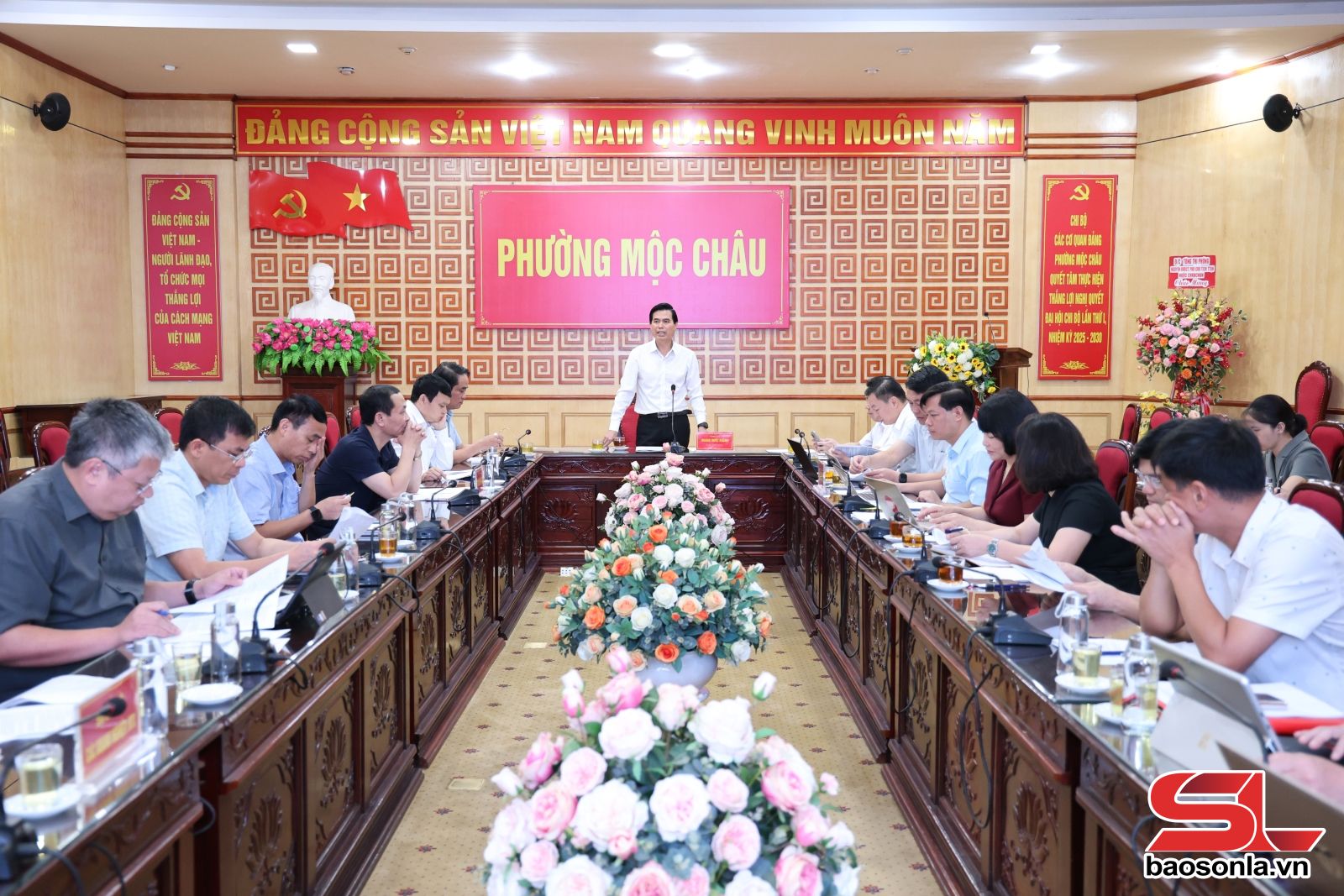
Secretary of the provincial Party Committee Hoang Quoc Khanh reviews the implementation of the Moc Chau urban arterial road project.
Also attending the meeting were Nguyen Duc Thanh, member of the provincial Party Committee’s Standing Board and head of the provincial Party Committee’s Organisation Board; Vice Chairmen of the provincial People's Committee Le Hong Minh and Dang Ngoc Hau; leaders of provincial departments and agencies; and representatives from the wards where the road runs through.
The project was approved by the provincial People’s Committee under Decision No. 2018/QĐ-UBND dated August 31, 2021, with a total investment of 600 billion VND (22.88 million USD). The route spans a total length of 10 km, passing through three wards: Van Son, Moc Son, and Moc Chau.
The starting point is at Km183 on National Highway 6 (in residential group 70, Van Son ward), and the endpoint is at Km192+800 on National Highway 6 (in residential group 5, Moc Chau ward). The total land area designated for the project is 41.9 hectares, including 35.8 hectares requiring site clearance, affecting approximately 600 households.
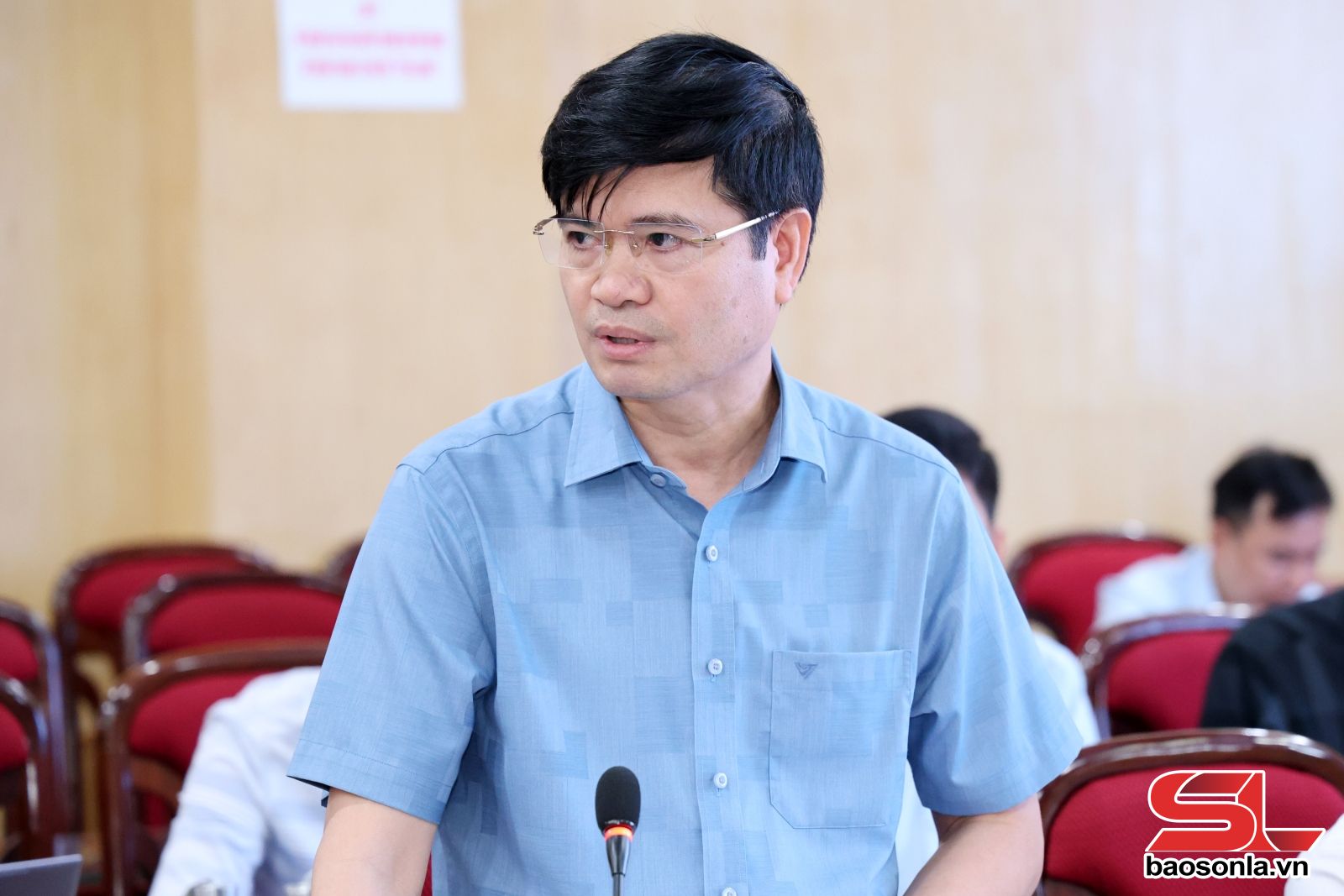
A leader of Van Son ward reports at the working session.
To date, 57 compensation and support approvals have been issued for 343 households and individuals, with around 24.4 hectares of land recovered, totaling nearly 86 billion VND in compensation costs.
Regarding construction, four contract packages are currently underway, covering equipment and tree supply; construction of road sections from Km0 to Km4+00, Km4 to Km5+00, and Km8 to Km10+00; and relocation/restoration of power lines (35kV and below) to support land clearance.
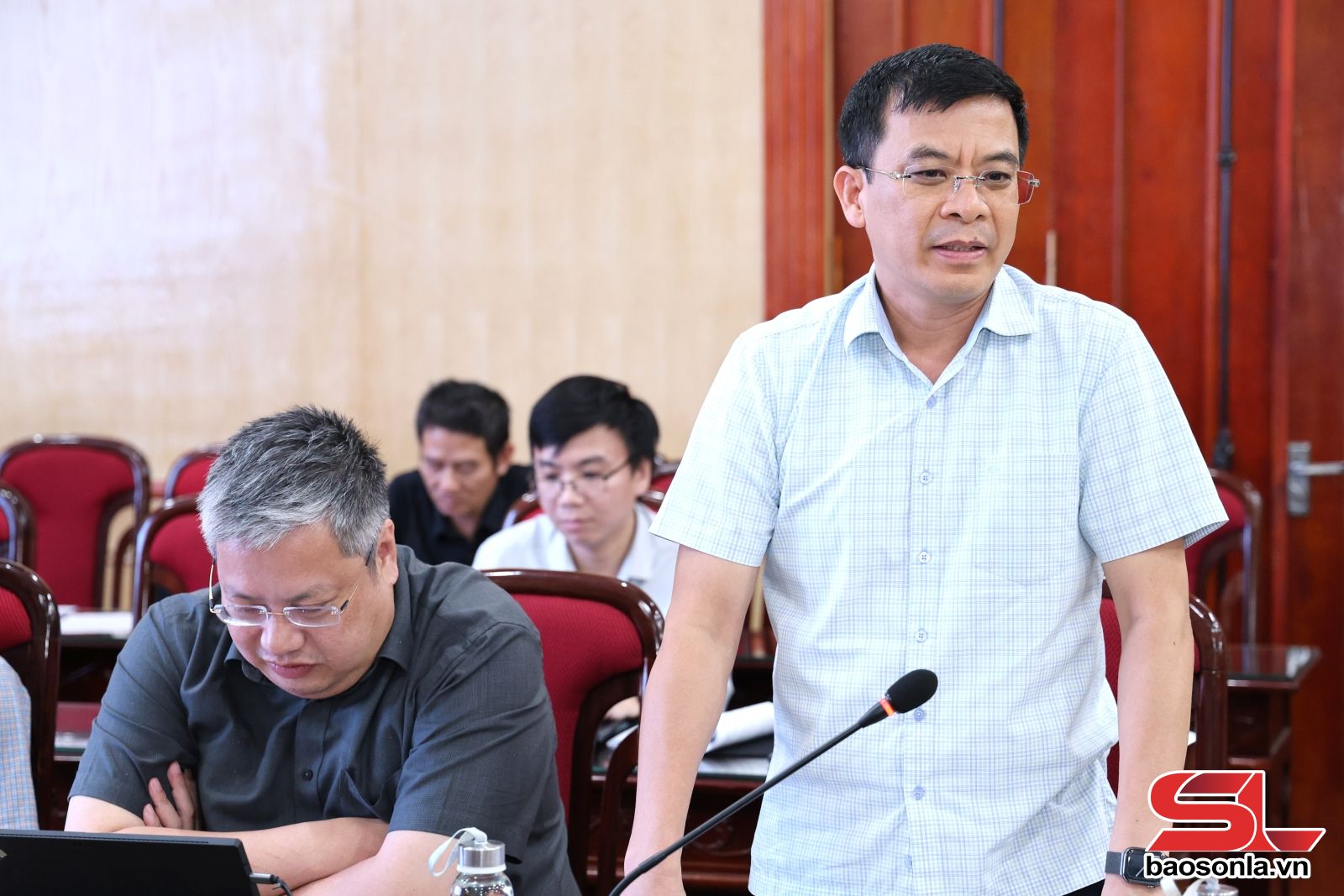
A representative from the Department of Construction speaks at the working session.
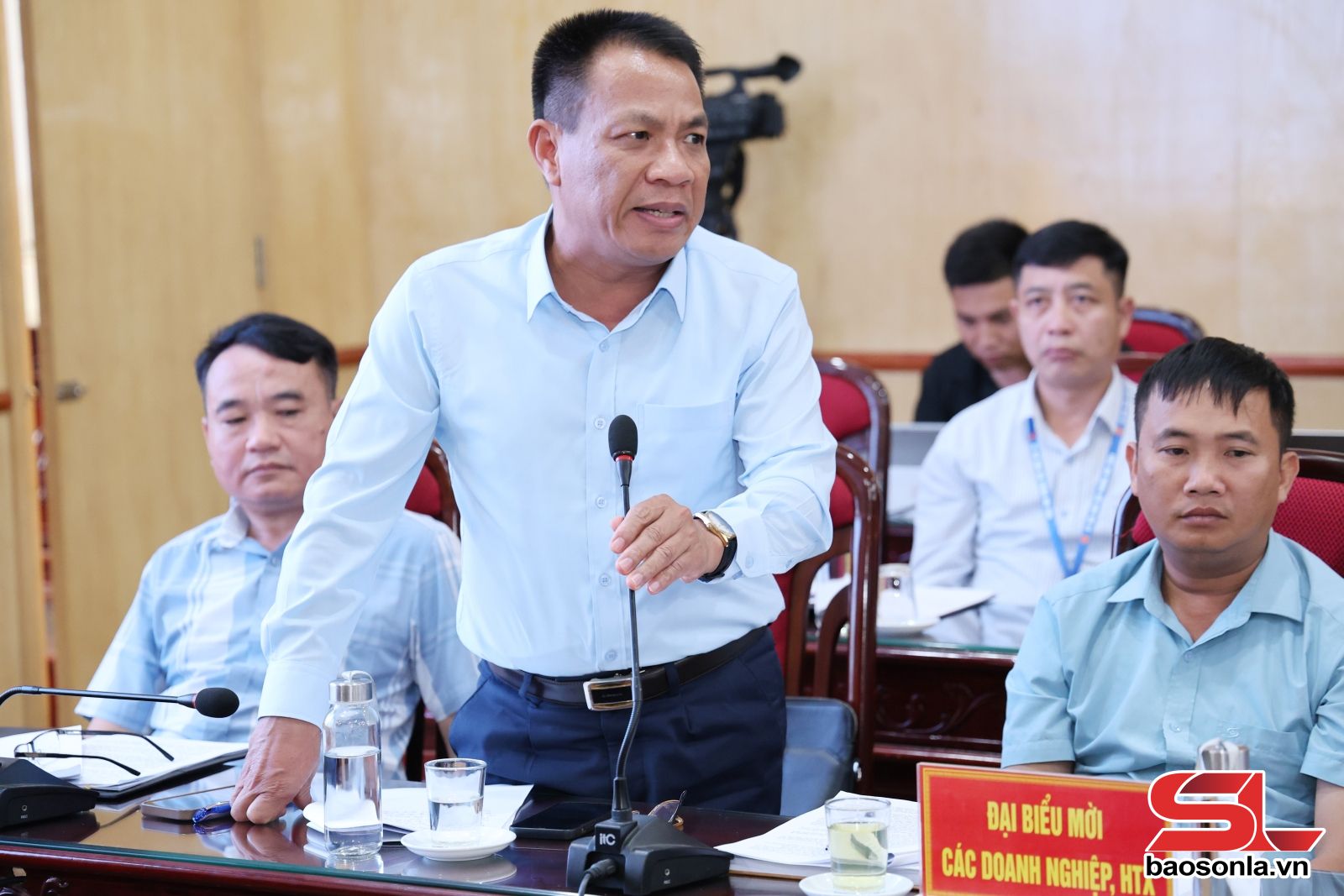
A representative of the contractors highlights difficulties and obstacles during the session.
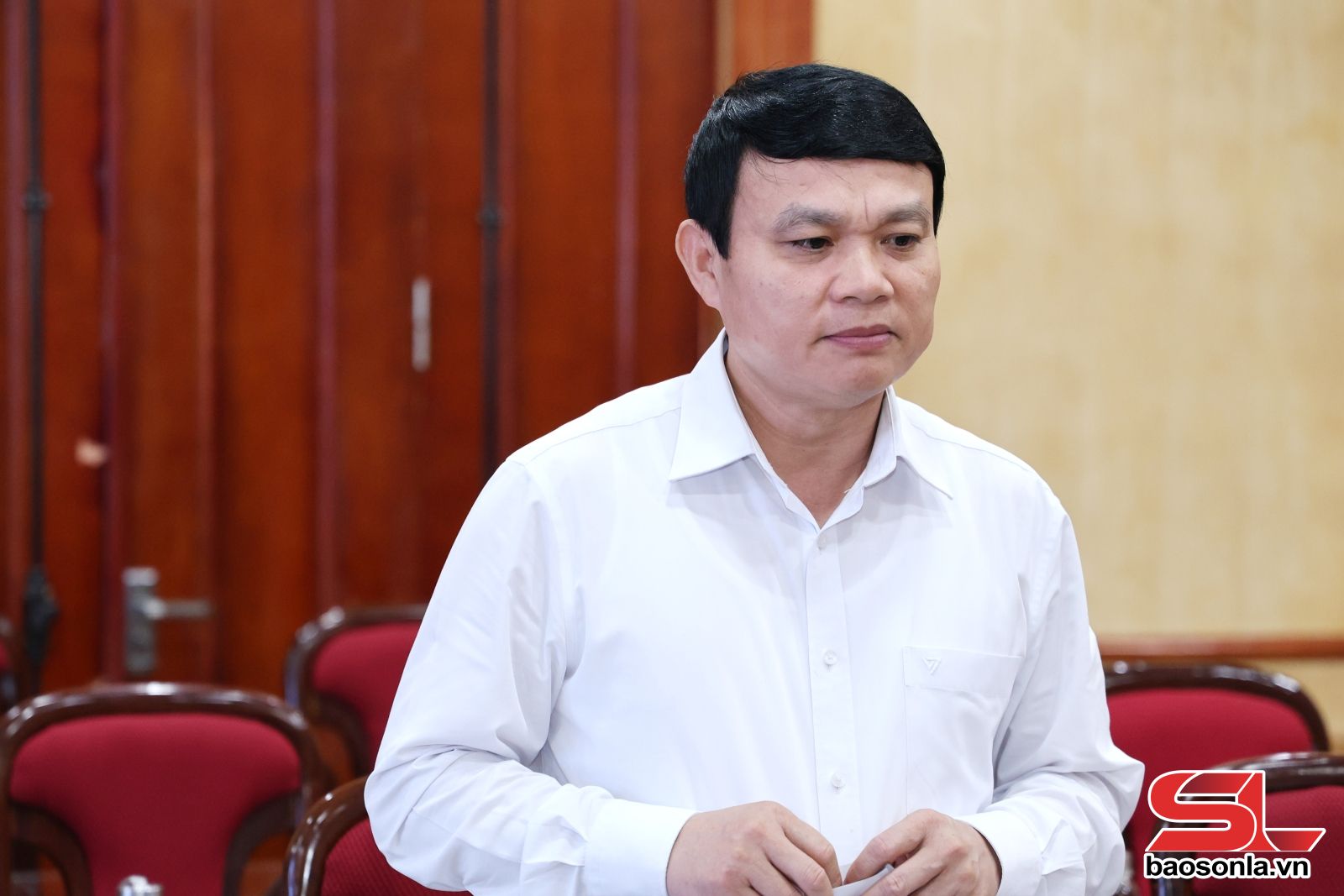
Vice Chairman of the provincial People's Committee Dang Ngoc Hau speaks at the working session.
During the working session, the investor and contractors raised several challenges in implementing the project, such as complicated construction and land procedures; and difficulties in verifying ownership documents due to frequent land transfers in the project area.
Some legal documents on land clearance expired with no updated guidance after the enforcement of the two-tier local government model. There is no 2025 budget allocation for compensation payments, despite several approved clearance plans. Additionally, some resettlement areas have not yet completed land recovery for infrastructure construction, making it difficult to allocate compensation land to affected households.
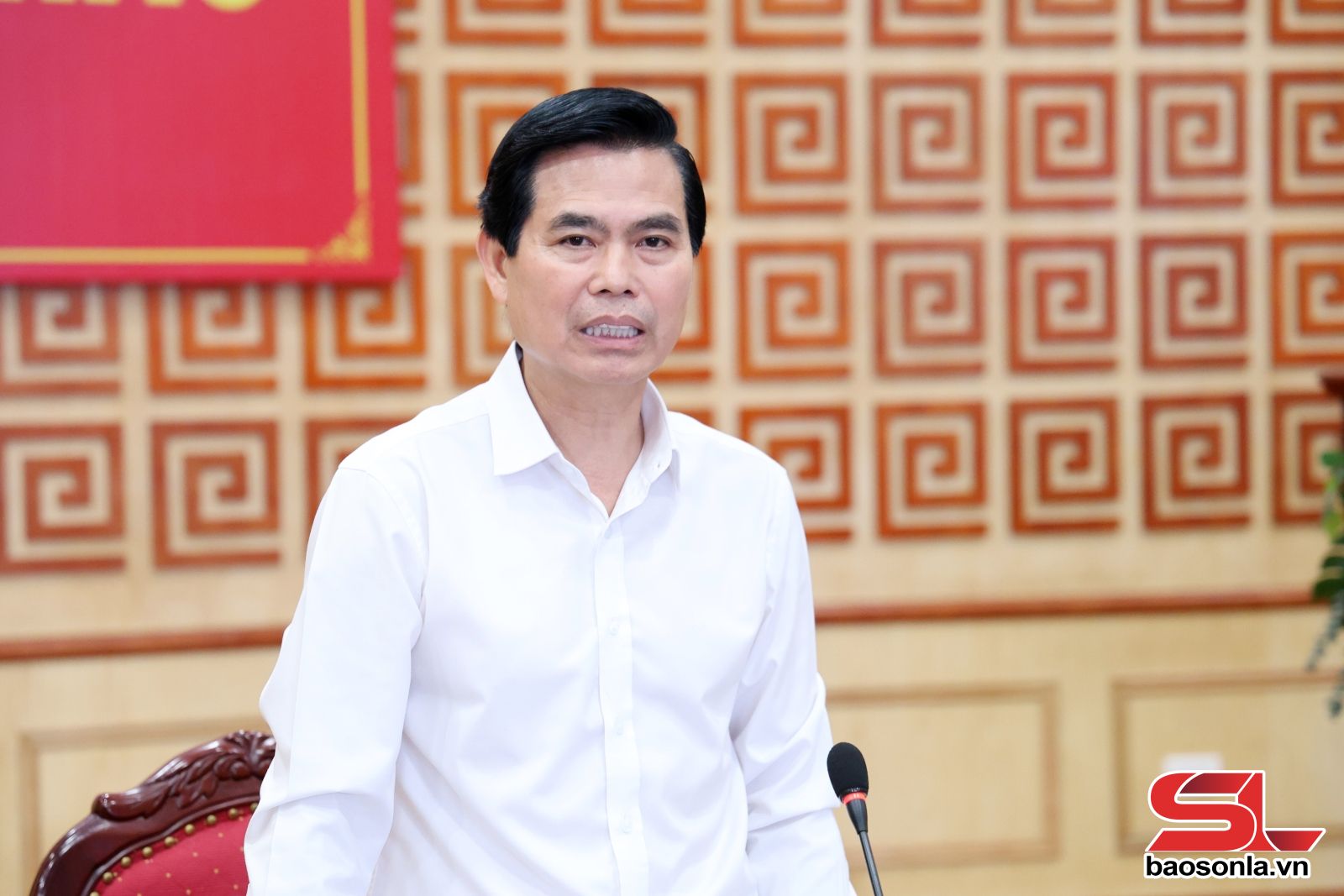
Secretary of the provincial Party Committee Hoang Quoc Khanh delivers remarks at the working session.
Speaking at the event, Khanh urged the project investor to closely coordinate with local wards and relevant units to accelerate land clearance efforts. He emphasised the importance of communication campaigns to understand residents’ concerns and prevent potential complaints or disputes.
It is necessary to urge the contractors to commence work promptly after land handover, he said, adding consulting units must finalise land valuation documents and address technical issues to ensure the project stays on schedule.























You have 500/500 characters left
Please enter 5 or more characters!!!